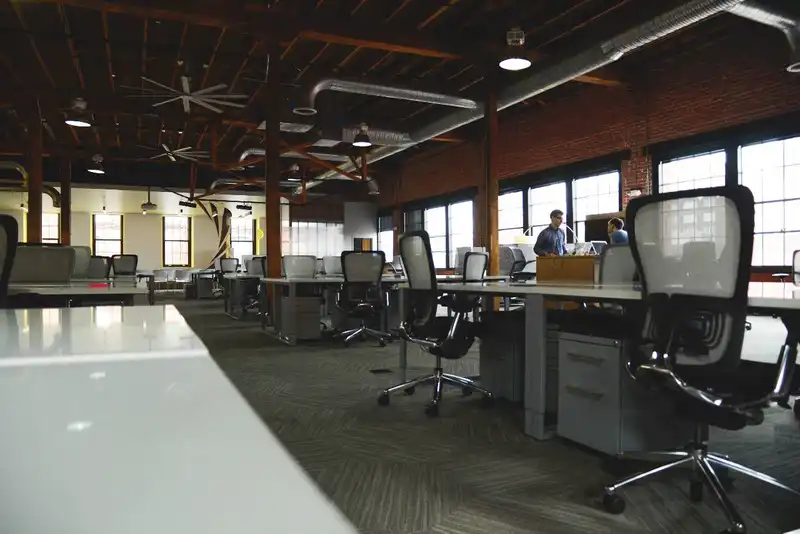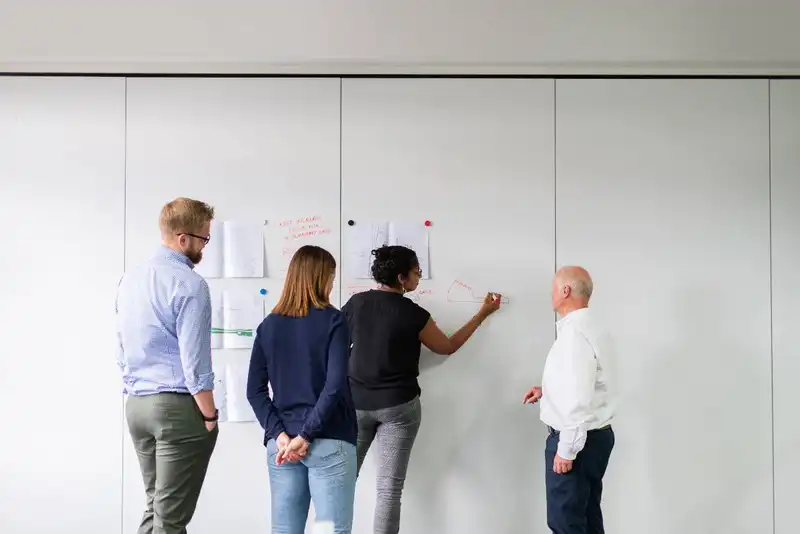What Is An Internal Control System? Everything to Know
Introduction to Effective Internal Control
Every established business has several departments, such as finance, human resources, accounts receivable, and accounts payable. Each of these sectors has different responsibilities and manages separate tasks that are essential for the overall company. However, without an extensive control mechanism, owners may find it challenging to oversee every operation.
With an internal control system, executives can regulate and standardize every activity within the company walls. This authoritative practice not only reduces fraudulent activity but also optimizes efficiency.
Elements of Internal Control Systems

First and foremost, an internal control system is a structure of policies and programs that companies establish for reassurance. Each individual internal control represents a set of mechanisms or rules for a specific operation.
For example, financial departments have various accounting regulations to prevent employee theft and fraud. However, organizations can establish control in every department to improve compliance and each internal audit.
With this system in place, companies can ensure employees and operations meet set objectives. In small businesses, the owner typically establishes and supervises the internal control system. For example, the owner or manager of startups will complete inventory orders and booking employees rather than the employees.
This is because, in the beginning, only the owner has authority over the limited operations.
Once the business expands, owners must appoint trusted employees to orchestrate various tasks to keep practices up to date. Otherwise, the company may fall behind on order fulfillment and financial obligations. This is when an internal control system becomes essential.
Internal control systems standardize various practices to prevent errors and fraudulent activities. The three primary elements of every internal control system include the following.
Environmental Control

Studies show that the work atmosphere is set and perpetuated by executives and other higher-ups. Therefore, if shareholders relax the regulations, so will the employees, resulting in lagging systems. On the other hand, if executives demonstrate alertness and attention to detail, the workers will follow suit.
Accounting System
An accounting system records every transaction, financial statement, and classification for bookkeeping purposes. Through extensive documentation, companies can streamline audits and ensure their books are accurate. Without an accounting system, paperwork may be erroneous or outdated.
Control Procedure

A control procedure stores and facilitates any additional policies and programs that companies keep for quality control. These procedures are unique to each organization and depend on their industry.
The 5 Components of Internal Control Systems
Although various control systems may focus on different departments or operations, they all must have the five essential components.
1. Controlling the Environment

Control systems must be able to manipulate the workspace to ensure employees remain in a healthy environment. To achieve this, many businesses emphasize
- Employee accountability
- The company's values and ethics
- The mission statements
- Managerial responsibilities
- Each role's skills and duties
- Goal progression
By promoting these factors, organizations can ensure everyone is on the same page and working toward the same goals.
2. Risk Assessment

Once project managers establish short- and long-term objectives, they must assess any risk that could potentially jeopardize them. Risk management teams need to outline internal and external threats to evaluate their probability and impact. Common business risks include
- Budget cuts
- Economic downturn
- Fluctuating customer demand
- Natural disasters
- Dangerous weather
- New competition entering the market
- Theft/fraud
- Data deterioration
3. Activity Control

After evaluating each risk, businesses can create a respective mitigation plan. It is essential that all employees review and follow the prevention plans to the best of their ability. Otherwise, the plan is only as effective as the least compliant worker.
In other words, all but one employee could follow instructions, and the system could still lag. Therefore, supervisors must stress the importance of risk management and compliance.
4. Data Collection and Communication

Every operation yields data, regardless if it originates internally or externally. This information contains valuable information on employee performance, operational efficiency, and emerging risks. Therefore, businesses should prioritize collecting and refining this data to develop actionable insights.
The easiest way to gather data is by integrating existing management solutions, such as inventory control and ordering software. With a system integrator, companies can establish a universal interface that is accessible to each department. This eliminates the need to manually navigate through multiple programs to locate, collect, and consolidate information.
Instead, the system uses machine learning to pull real-time data from all connected mechanisms. Sophisticated solutions even have analytics features that generated detailed reports from historical and current information. By developing visual aids and trends, these solutions break down raw data into comprehensive insights.
Management teams can then incorporate these insights into the internal control system to improve operational efficiency and productivity. However, managers must be sure to thoroughly explain each change to the employees, so they are aware of their responsibilities. Through open communication, workers, shareholders, and third parties understand the expectations for each role.
5. Monitoring

Once the internal control system is rolling, management must continuously monitor its performance and effectiveness to detect any emerging issues. If problems arise or systems begin lagging, managers must halt the program and assess the inefficiencies. This practice prevents the snowball effects that occur when risks go unnoticed and develop into more significant issues.
4 Characteristics of a Proper Internal Control System

Establishing an impactful internal control system requires thorough organizational planning and cooperation from each stakeholder. By paying attention to every detail, managers can ensure the control system is
1. Protecting the company's assets from theft and excessive waste.
2. Making sure the business remains compliant with industry regulations and policies.
3. Evaluating each employee's functions and productivity to increase operational efficiency.
4. Ensuring operational and financial data is up to date and accurate.
It is important to note that businesses can attain these characteristics using different methods. Therefore, it is the shareholders' responsibility to determine which control strategy best fits their company's model and needs.





